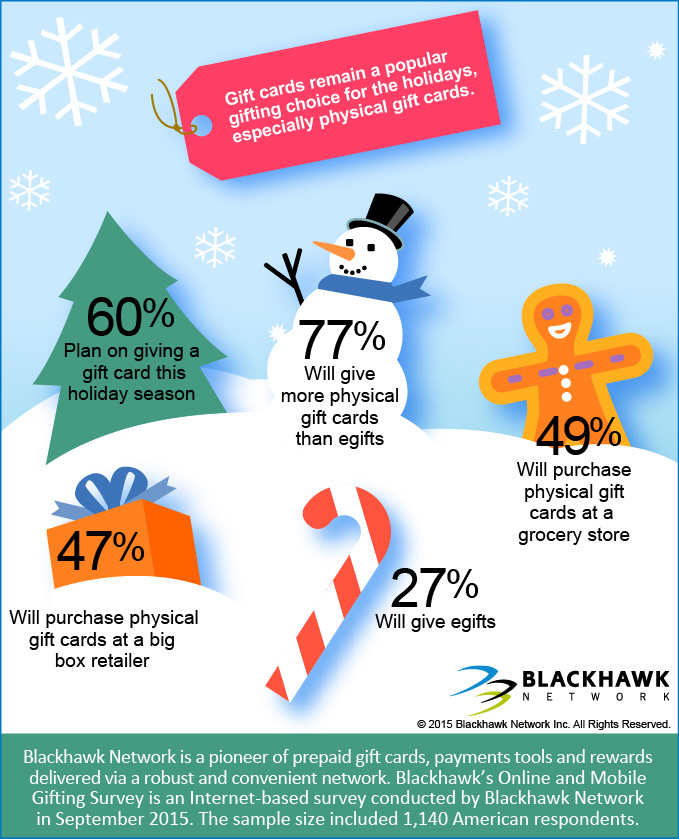Glass Engraving Vs Etching - What's the Distinction?
Although they might seem similar, engraving and engraving vary in their techniques and results. Comprehending these processes is essential for any company looking to tailor glass items.
Laser etching uses focused warm to thaw the mini surface area of your product, developing recessed markings that resist damage and can be read under extreme conditions. It's suitable for points that require to be deducible, like commercial components.
Visual appeals
Etching and etching both produce long lasting, responsive layouts that attract attention on the glass surface area. They are ideal for projects that require a refined, stylish appearance.
Laser etching can be utilized to etch glass, however it needs a protective finishing or shield to avoid warm damage to the glass. A specialized spray or finishing is offered for this function and can be put on slim glass to minimize splitting or damages during the etching process.
It's likewise possible to etch glass by hand using a rotary tool. This technique is time-consuming and labor-intensive, but it can produce high-quality results when performed appropriately. Make certain to put on safety and security equipment like safety glasses and a respirator mask to secure on your own from dust and debris. You can start by drawing your layout on the glass with a pen, after that place the rotary tool and gradually follow your style to etch it into the glass. After the engraving is full, delicately get rid of any type of staying dust or residue.
Versatility
The inscribing procedure uses a vast array of applications for glass items. It is extremely flexible and can be used on different products and densities of glass. It is likewise very precise and produces thorough, high-contrast styles on the glass surface. It can be used on both level and bent surface areas.
Glass engraving is a popular selection for glass items like bottle, architectural partitions, and health spa style. It generates a soft personalized tea glass and refined design that is not as noticeable as etching, making it a superb alternative for ambient aesthetic appeals.
To decrease heat stress and anxiety on slim glass, apply a protective product like concealing tape or a wet paper towel to the surface area prior to laser engraving. This absorbs and spreads laser energy to reduce local home heating and prevent fracturing. Conversely, finishing the glass with a mild cleaning agent or dishwashing soap can likewise be an effective pre-coating. Simply keep in mind to cover only the laser-contacting face of the glass with these moisture-absorbing pre-treatments.
Longevity
Laser glass inscription creates deep, irreversible markings that are durable and aesthetically striking. It's perfect for artistic or light industrial purposes that call for a refined look. Inscription needs precise and regulated handling of the glass to prevent warmth damage and cracking. Slim or delicate glass can be extra prone to the high-contrast effects of laser inscription, making it essential to monitor the procedure closely for indicators of overheating and fracturing.
Etching makes use of a diamond-tipped device to cut into the surface of the glass, producing a textured mark that's much less visually striking than laser etching. It's an usual choice for applications where a frozen impact is favored, such as ornamental glass home windows and personalized presents. Like laser engraving, etching is very precise and ideal for logo designs and other in-depth imagery. Evergreen Glass utilizes state-of-the-art laser devices calibrated for ideal performance to accomplish etching and etching with outstanding precision. For included peace of mind, our devices include integrated safety and security attributes that ensure safe operation.
Expense
Glass etching includes making use of chemical remedies to develop a layout. While this method is not as specific and efficient as laser etching, it is still a superb choice for artisanal glasswork, which can be an excellent way to raise an unique occasion present or commemorative piece.
For the very best results, it is very important to test a sample item of glass before applying any kind of etching creams. Various sorts of glass may respond differently to the chemicals. Some will engrave very rapidly while others could take much longer. Sometimes, an item of glass may even fall short to etch whatsoever!
Laser inscribing involves using a computer-guided system, generally referred to as a CNC (Computer Numerical Control) maker, to direct a focused laser beam of light at the surface area of the glass. This process needs a top-level of technological skill and imagination. It is a reliable way to etch complex patterns on large projects with high levels of accuracy.

Comments on “How Laser Engraving Works On Glass”